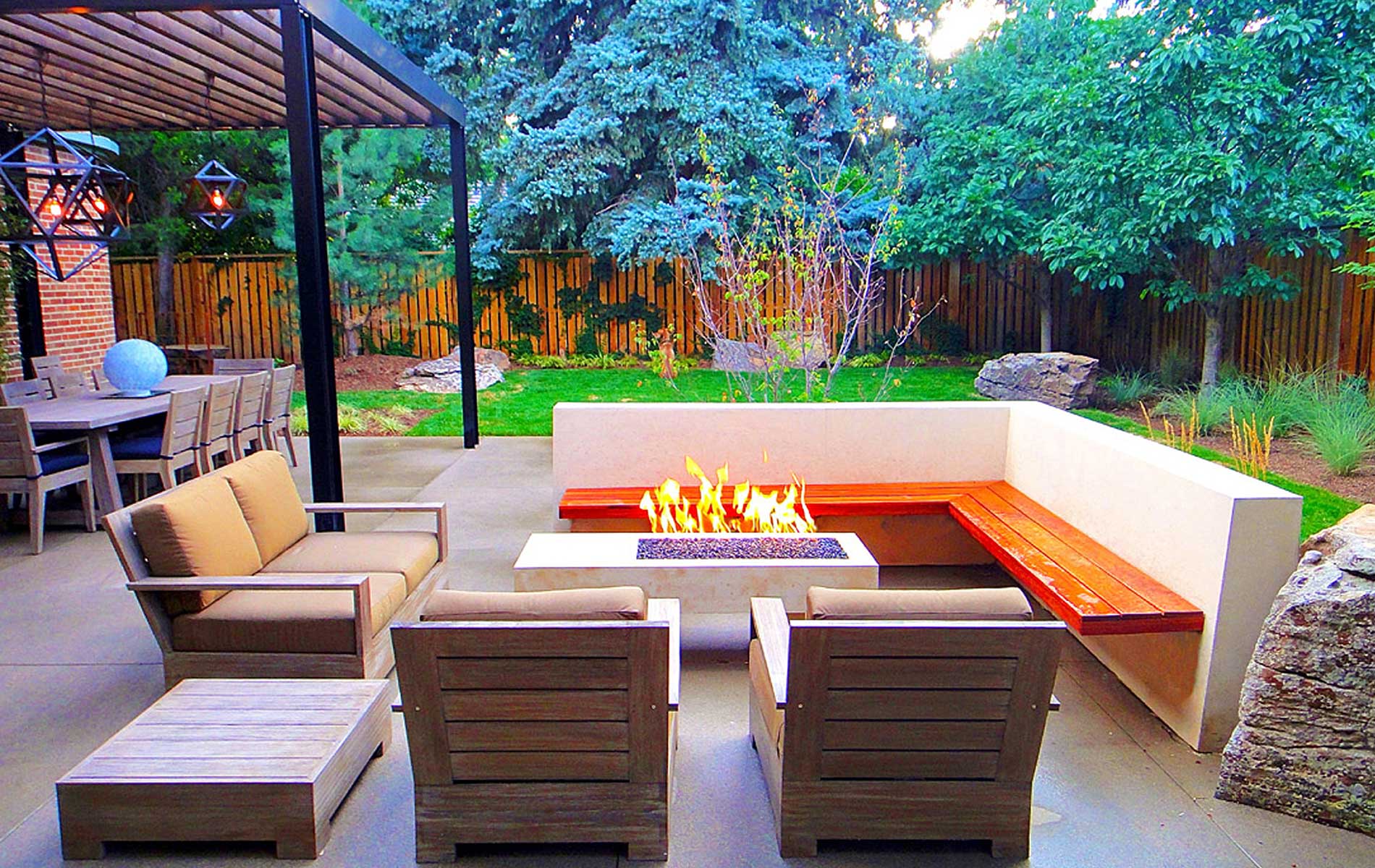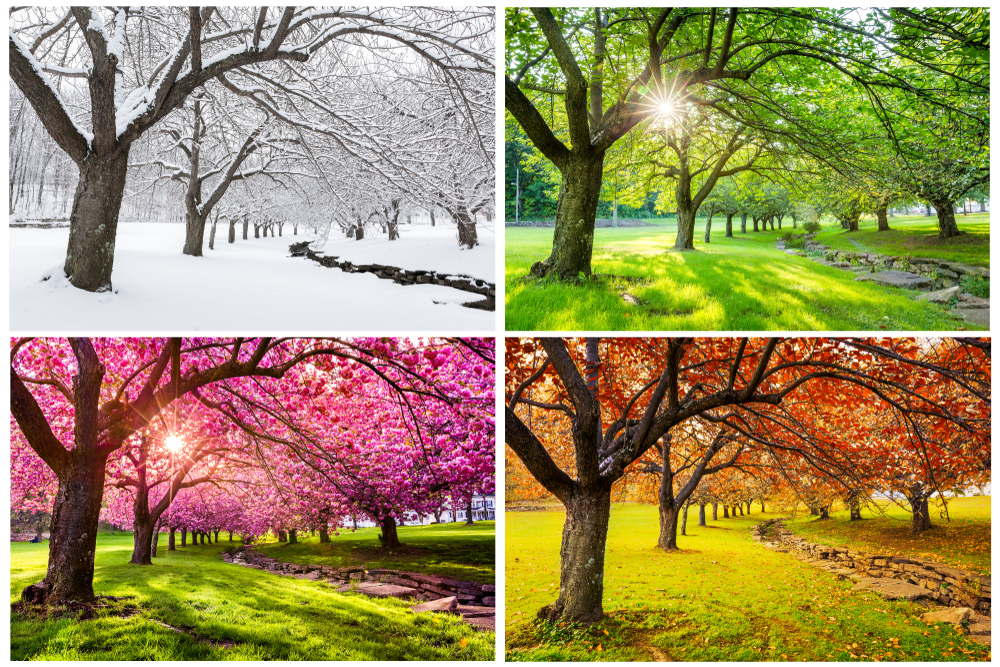Unlocking the Power of Color in Garden Design
When designing an outdoor space, color is a crucial element to consider. The strategic use of color in and out of the garden can elevate the ambiance, evoke emotions, and even impact our mood and well-being. Research has shown that color can influence our psychological state, with different hues capable of stimulating feelings of calmness, energy, or serenity. By incorporating a thoughtful color scheme into your garden design, you can craft an atmosphere that not only pleases the eye but also nurtures the soul. A well-designed color palette can transform a ordinary outdoor space into a vibrant oasis, perfect for relaxation, entertainment, or simply enjoying nature. In this article, we’ll explore the various ways to harness the power of color to create a captivating outdoor space that brings joy and tranquility to all who enter.
How to Choose the Right Colors for Your Garden
Selecting a color scheme for your garden can be a daunting task, but with a few simple guidelines, you can create a harmonious and inviting outdoor space. When choosing colors for your garden, consider the style, climate, and surrounding landscape. For example, a modern garden may benefit from a bold and bright color palette, while a traditional garden may suit more muted and natural tones. It’s also essential to think about the natural colors of plants, hardscapes, and architectural features, as these will provide the foundation for your color scheme. Consider the colors of the surrounding buildings, fences, and hardscapes, as well as the natural hues of the plants and trees. By taking these elements into account, you can create a cohesive and visually appealing color scheme that brings your garden to life. Additionally, think about the mood and atmosphere you want to create in your garden. Do you want to evoke feelings of calmness and serenity, or energy and vibrancy? By selecting colors that align with your desired mood, you can craft an outdoor space that not only looks beautiful but also feels inviting and relaxing.
Colorful Plants: A World of Options Beyond Flowers
When it comes to adding color to your garden, flowers are often the first thing that comes to mind. However, there are many other ways to incorporate color into your outdoor space through plants. Foliage, berries, and bark can all add vibrancy and interest to your garden, and there are many unusual and underappreciated plants that can do just that. For example, consider the stunning foliage of coleus, which comes in a range of colors from bright pink to deep purple. Or, add some winter interest to your garden with the bright red berries of the winterberry holly. Even the bark of certain trees, such as the paperbark maple, can add a pop of color to your garden. By thinking beyond flowers, you can create a garden that is full of color and interest, even in the off-season. Additionally, incorporating a variety of plants with different textures, forms, and colors can create a visually appealing and dynamic garden that showcases the beauty of color in and out of the garden.
Painting the Town: Adding Color with Outdoor Decor
Outdoor decor is a fantastic way to add color and personality to your garden, and can greatly enhance the overall aesthetic of your outdoor space. By incorporating colorful planters, furniture, and accessories, you can create a vibrant and inviting atmosphere that reflects your personal style. Consider using brightly colored planters to add a pop of color to your garden, or opt for bold and patterned outdoor furniture to create a statement piece. Even small accessories like throw pillows, lanterns, and garden ornaments can add a splash of color and personality to your garden. When selecting outdoor decor, think about the overall color scheme of your garden and choose items that complement and enhance it. For example, if your garden features a lot of cool tones like blues and purples, look for decor items with similar hues to create a cohesive look. By incorporating colorful outdoor decor, you can create a garden that is not only beautiful but also reflects your unique style and personality, showcasing the beauty of color in and out of the garden.
Color Beyond the Garden: Extending the Palette to Outdoor Living Spaces
Once you’ve established a vibrant color scheme in your garden, why not extend it to your outdoor living spaces? By incorporating color into your patios, decks, and porches, you can create a seamless transition between your garden and outdoor living areas. One way to do this is through textiles, such as colorful throw pillows, blankets, and table runners. These can add a pop of color to your outdoor furniture and create a cohesive look with your garden. Rugs are another great way to add color to your outdoor living spaces, and can help define different areas of your patio or deck. Wall art, such as outdoor sculptures or murals, can also add a splash of color and create a unique focal point. When selecting colors for your outdoor living spaces, consider the colors you’ve used in your garden and choose items that complement and enhance them. This will create a harmonious and inviting atmosphere that showcases the beauty of color in and out of the garden. By extending your color scheme to your outdoor living spaces, you can create a cohesive and visually appealing outdoor area that’s perfect for relaxing and entertaining.
The Art of Mixing and Matching Colors in the Garden
Combining colors effectively in the garden is an art that requires a deep understanding of color theory and a keen eye for detail. When done correctly, a well-designed color scheme can create a visually stunning and harmonious outdoor space that showcases the beauty of color in and out of the garden. To achieve this, it’s essential to consider the principles of color harmony, contrast, and visual interest. One way to create harmony is by using analogous colors, which are colors that are next to each other on the color wheel. For example, pairing blue flowers with purple foliage creates a soothing and calming atmosphere. On the other hand, using contrasting colors can add visual interest and create a bold statement. For instance, combining warm colors like orange and yellow with cool colors like blue and green can create a dynamic and energetic feel. Another key consideration is the 60-30-10 rule, where 60% of the garden is a dominant color, 30% is a secondary color, and 10% is an accent color. This rule helps to create balance and harmony in the garden. By understanding these principles and experimenting with different color combinations, gardeners can create a unique and stunning outdoor space that showcases the power of color in and out of the garden.
Seasonal Color: Adapting Your Garden to the Changing Seasons
A colorful garden is not just a one-time achievement, but rather a dynamic and evolving space that requires consideration of the changing seasons. As the seasons transition, the colors in your garden will shift, and it’s essential to design a garden that adapts to these changes. One way to achieve this is by selecting plants that offer year-round interest, such as evergreen shrubs, ornamental grasses, and flowering bulbs. These plants provide a foundation of color that can be built upon with seasonal additions. For example, in the spring, add vibrant tulips and daffodils, while in the summer, incorporate warm-colored annuals like marigolds and zinnias. In the fall, incorporate plants with rich, autumnal hues like asters and sedum, and in the winter, use evergreen boughs and holly to add festive color. Outdoor decor can also be adapted to the seasons, with seasonal-themed planters, furniture, and accessories adding a pop of color to the garden. By considering the changing seasons and incorporating plants and decor that adapt to them, gardeners can create a colorful garden that remains vibrant and inviting throughout the year, showcasing the beauty of color in and out of the garden.
Colorful Inspiration: Real-Life Examples of Vibrant Gardens
For many, the concept of a colorful garden may seem daunting, but with a little inspiration, it’s easy to get started. Take, for example, the vibrant garden of a California homeowner, who transformed their outdoor space into a kaleidoscope of color. By incorporating a mix of flowering plants, including sunflowers, zinnias, and marigolds, they created a garden that’s bursting with energy and vitality. The use of brightly colored outdoor decor, such as turquoise planters and yellow furniture, adds a playful touch, while the incorporation of natural elements, like a stone pathway and wooden benches, brings warmth and texture to the space. Another example is a garden in the Pacific Northwest, where the homeowner used a bold color scheme to create a dramatic and inviting outdoor space. By combining deep blues and purples with pops of bright yellow and orange, they created a garden that’s both striking and harmonious. The use of colorful textiles, such as throw pillows and blankets, adds a cozy touch, while the incorporation of natural elements, like a water feature and stone walls, brings a sense of serenity to the space. These real-life examples demonstrate the power of color in and out of the garden, showcasing how a thoughtful and creative approach to color can transform an outdoor space into a vibrant and inviting oasis.







/139808482-56a5863f3df78cf77288b18b.jpg)